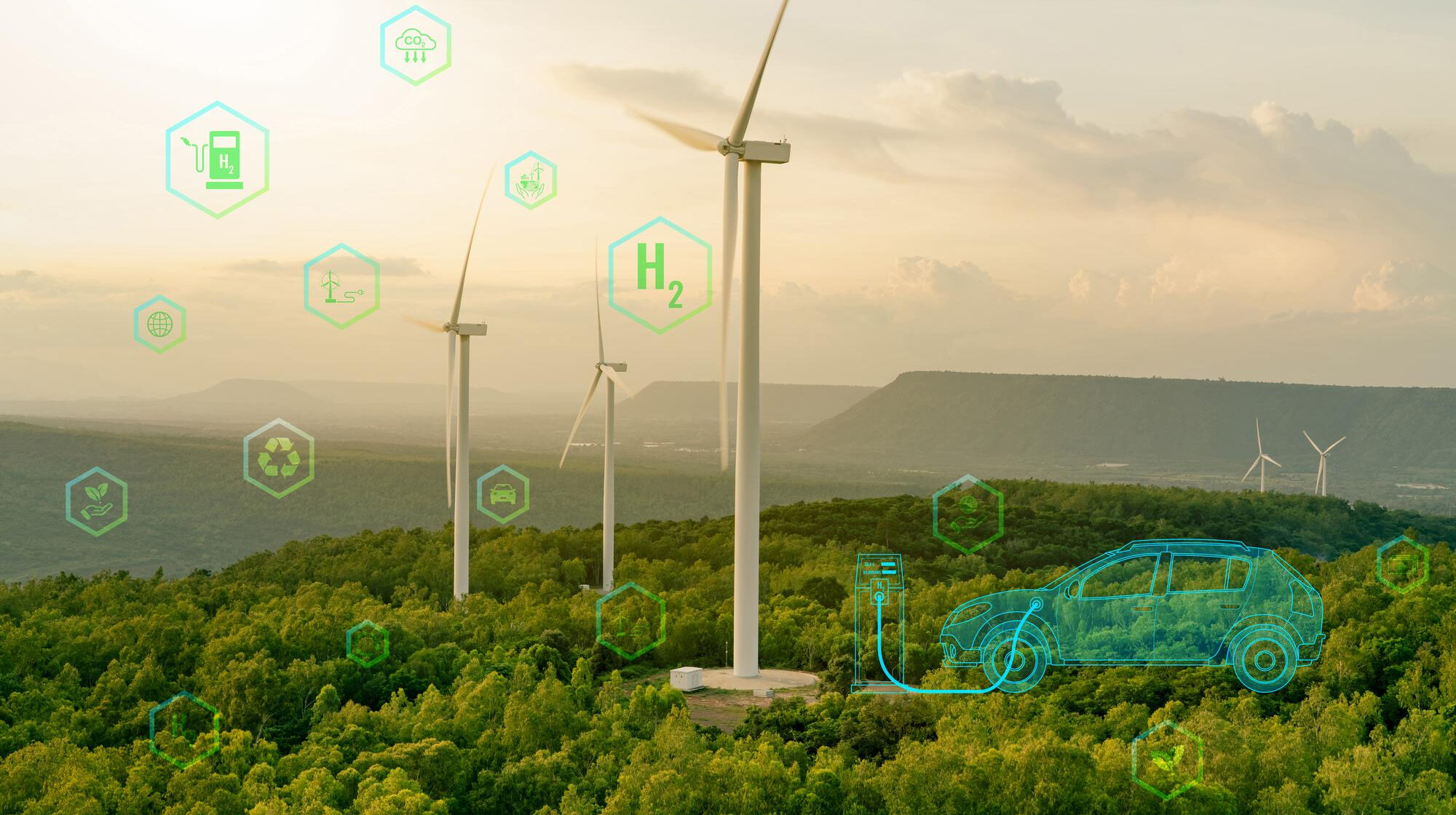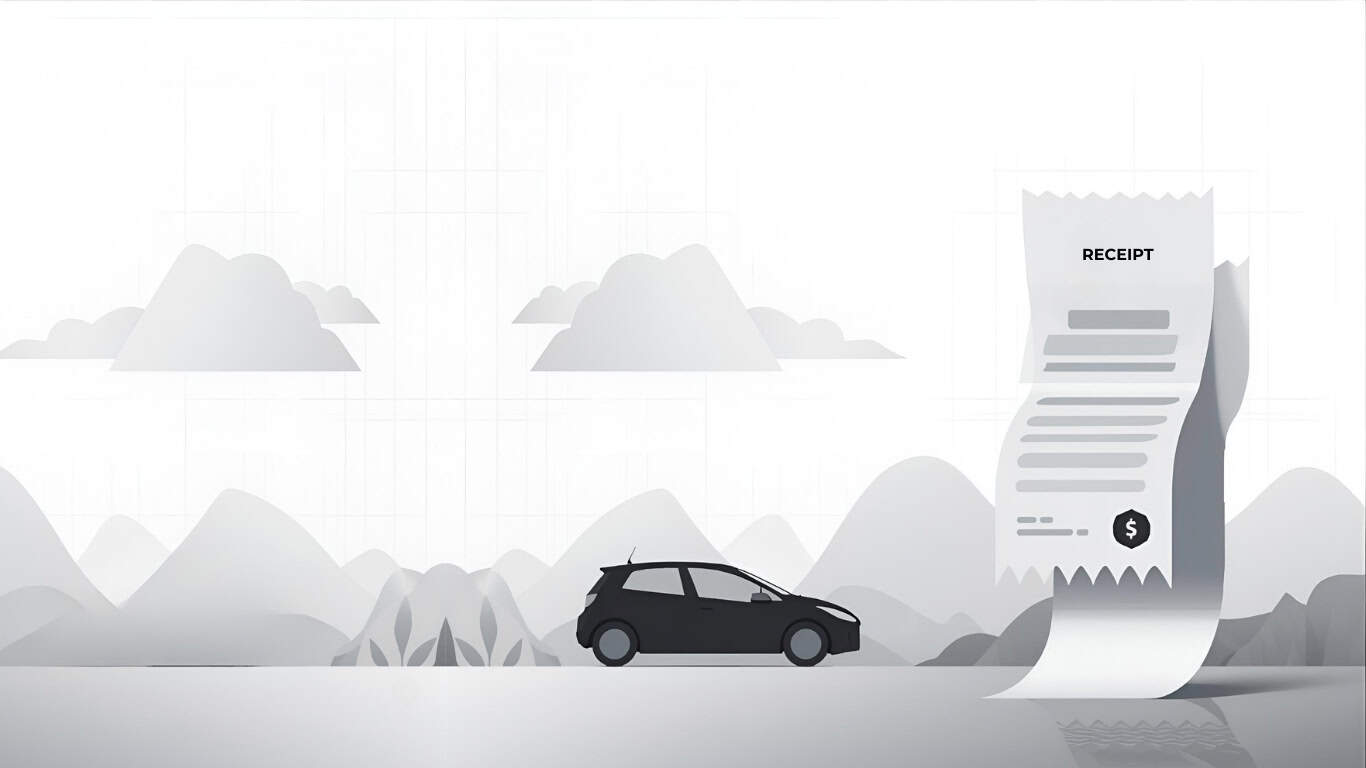Zero Emission Vehicles (ZEVs): a Green Transport Revolution (PDF)
Zero Emission Vehicles (ZEVs) encompass a wide range of vehicles that employ propulsion technologies free from internal combustion engine exhaust or carbon emissions during operation. While this broad category includes mechanically-propelled vehicles like bicycles and wind-propelled vehicles like sailboats, its primary focus lies in developing eco-friendly alternatives for traditionally petroleum-powered modes of transport.
This transformation targets automobiles, heavy-duty trucks, buses, construction equipment, specialized military vehicles, boats, ships, locomotives, and aircraft. The shift towards ZEVs largely relies on the integration of highly efficient electric drive systems, featuring high-voltage storage batteries, high-speed charging systems, and various forms of onboard electric power generation such as brake regeneration and solar panels.
One of the most fervent proponents of ZEV adoption has been municipalities, particularly major cities worldwide. Air, water, and noise pollution are significant problems in these cities that negatively impact residents and visitors alike. By phasing out old, heavily polluting diesel and gasoline-powered city buses and heavy-duty work trucks and replacing them with clean, quiet zero-emission, and electric hybrid transit buses, garbage trucks, construction vehicles, and more, ZEVs have emerged as leaders in the movement.
The adoption of advanced zero-emission transportation and work vehicles has not only reduced exhaust and noise pollution in these areas but has also catalyzed the rapid uptake of zero-emission propulsion systems in tour boat fleets, school bus fleets, commuter rail locomotives, taxi fleets, and beyond.

Zero Emission Standard
Configurations that meet the criteria for zero-emissions vehicles under state and federal regulations typically include:
- Full Battery Electric Vehicles (BEVs): These vehicles solely rely on electricity for propulsion, emitting zero emissions throughout their operation. They are often enhanced by regenerative braking systems and, in some cases, exterior solar panels. Charging of the batteries predominantly occurs at charging stations when not in use.
- Hydrogen Fuel Cell Electric Vehicles (FCEVs): Also known as fuel cell electric vehicles, FCEVs operate by generating electricity through a silent and pollution-free process involving the mixing of hydrogen with oxygen in a proton exchange membrane electrode “stack.” The only byproducts are heat and water. Similar to BEVs, FCEVs often employ regenerative braking and exterior solar panels for supplementary electricity generation.
- Plug-in Electric Hybrid Vehicles: These vehicles can be plugged in to charge their batteries overnight, but they also incorporate a diesel or gasoline-powered internal combustion engine to maintain battery charge during longer trips. Although they do emit some carbon, they are considerably more efficient, clean, and quiet compared to traditional internal combustion engine vehicles.
Understanding Zero Emission Vehicles (ZEVs)
Under ZEV regulations, three distinct vehicle designs are considered “zero emission” to varying degrees:
- Plug-in Hybrid Vehicles (PHEVs): These combine a conventional gasoline-powered engine with a rechargeable battery that can draw power from the electrical grid.
- Battery Electric Vehicles (BEVs): BEVs rely entirely on electricity for operation and can be recharged from the electrical grid.
- Hydrogen Fuel Cell Vehicles (FCEVs): FCEVs operate on electricity produced from a fuel cell that uses hydrogen gas.
How the ZEV Regulation Operates
The ZEV program assigns “ZEV credits” to each automaker, mandating that they maintain a certain percentage of non-electric sales as ZEV credits. The credit requirement was 7 percent in 2019, equivalent to about 3 percent of total sales being ZEVs. This requirement escalates to 22 percent in 2025, which will likely necessitate less than 8 percent of total sales being ZEVs.
Furthermore, restrictions are placed on the proportion of credits that can originate from “transitional” ZEVs that still incorporate internal combustion engines. In 2019, plug-in hybrid vehicles (PHEVs) could account for only 43 percent of credits, mandating that at least 57 percent must come from battery-electric vehicles (BEVs) or hydrogen fuel cell vehicles (FCEVs).
For instance, an automaker selling 100,000 cars in California in 2018 would need a minimum of 7,000 ZEV credits, with at least 4,000 stemming from battery-electric or fuel-cell vehicle sales. However, this doesn’t imply the sale of 7,000 electric cars and trucks to comply, as most ZEVs generate multiple credits per vehicle.
Vehicle Credit Formula
Automakers accrue credits by selling zero-emission cars and trucks, with the credit per vehicle varying based on drivetrain type and electric range. Since 2018, plug-in hybrids, which only partially operate on electricity, receive between 0.4 and 1.3 credits per vehicle sold. Battery electric and fuel cell vehicles receive between 1 and 4 credits, depending on their range.
For instance, the Tesla Model S, boasting a range of over 200 miles, qualifies for 3.3 credits, while the Nissan Leaf, with an 84-mile range, earns 1.8 ZEV credits per car sold. Consequently, the ZEV credit percentage does not directly mirror the EV sales percentage.
Banking and Trading
Manufacturers are permitted to carry forward surplus credits from one year to the next, known as “banking.” This practice has become more common since 2012 due to an abundance of credits and ZEV sales in California surpassing the relatively low initial regulatory requirements.
Additionally, automakers can buy or trade ZEV credits with other manufacturers. Tesla, for instance, has capitalized on this by selling substantial quantities of ZEV credits to traditional automakers, as it exclusively produces EVs and has no compliance obligation of its own.
As of October 2018, manufacturers had amassed over 816,000 BEV/FCEV credits and 251,000 PHEV credits, sufficient to adhere to the regulation through 2022 without new ZEV sales.
“Travel” and “Pooling” Provisions
For the ten other states that adopted the ZEV regulation, the credit structure for electric vehicle sales largely resembles California’s. However, these states are influenced by two provisions not applicable in California: “travel” and “pooling.”
The travel provision, which was mostly phased out after 2017, enabled automakers to obtain credits in all other ZEV states based on vehicles sold in California, proportionate to those states’ sales. This provision led to automakers accumulating substantial credit banks in states where they hadn’t sold many electric vehicles. As of 2019, the travel provision has largely disappeared, except for fuel cell vehicles, which should promote greater model availability and sales outside California.
The pooling provision allows automakers to exceed compliance in one eastern ZEV state and transfer excess credits to another eastern ZEV state. Unlike the travel provision, pooling avoids double-counting issues and necessitates the actual production and sale of vehicles before credit transfer occurs.
For more articles about the automotive market and its innovations, check out our blog.





